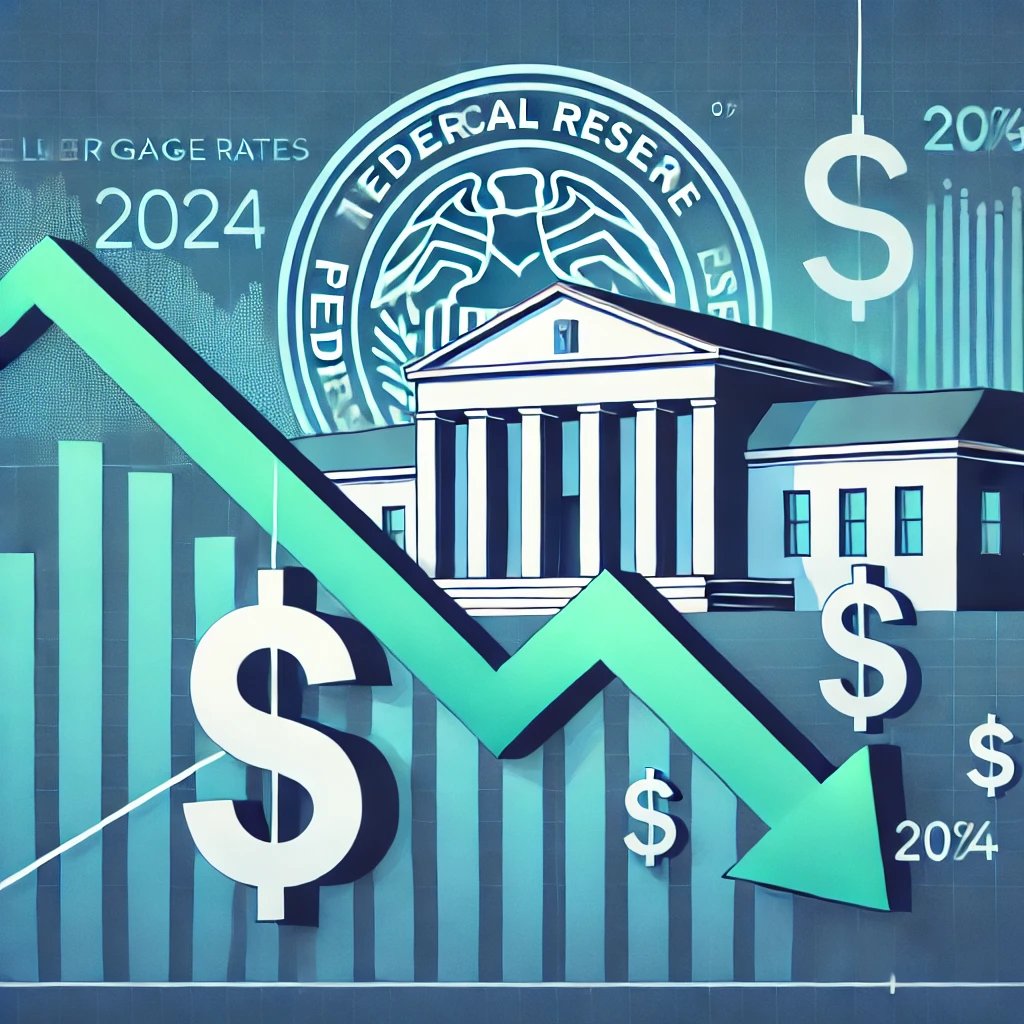Unlocking Value in a High-Interest Economy: The Advantages of Assumable Interest Home Loans for Buyers and Sellers
In today's high-interest economy, navigating the real estate market can be a daunting task. However, there's a financial strategy that benefits both buyers and sellers alike—assumable interest home loans. In this blog, we'll explore what assumable mortgages are and delve into the advantages they offer in a period of rising interest rates.
Understanding Assumable Mortgages
An assumable mortgage is a unique financing arrangement that allows a homebuyer to take over the existing mortgage terms, including the principal balance, interest rate, and repayment period, from the current owner. Instead of going through the traditional process of obtaining a new mortgage, buyers can step into an already established loan, presenting a cost-saving advantage, particularly when interest rates are on the rise.
Types of Assumable Loans
Several types of loans qualify as assumable mortgages, including Federal Housing Authority (FHA), Veterans Affairs (VA), and U.S. Department of Agriculture (USDA) loans. Each type has specific requirements for assumption, offering buyers flexibility and opportunities in the real estate market.
- FHA Loans: Assumable when both parties meet certain criteria, allowing buyers to assume the loan and avoid the complexities of a new mortgage.
- VA Loans: While originally designed for military members, VA loans can be assumed by non-military buyers, subject to approval from the lender and regional VA loan office.
- USDA Loans: Assumable for rural property buyers, contingent on meeting credit and income requirements, and approval from the USDA.
Advantages of Assumable Mortgages in a High-Interest Economy
- Lower Interest Rates: One of the most significant advantages of assumable mortgages is the potential for lower interest rates. In a period of rising interest rates, assuming a mortgage with a fixed interest rate can shield buyers from the impact of increasing market rates.
- Cost Savings: If the assumable mortgage has a lower interest rate than current market rates, buyers can benefit from substantial cost savings over the life of the loan. Utilizing a mortgage calculator can help buyers budget for the monthly payment.
- Streamlined Process: By avoiding the need to apply for a new mortgage, buyers can enjoy a more streamlined and efficient home-buying process. This can be particularly appealing in a competitive real estate market.
Considerations and Potential Drawbacks
While assumable mortgages offer numerous benefits, it's crucial to consider potential drawbacks:
- Down Payment Requirements: In cases where the seller's home equity is high, buyers may need a substantial down payment to cover the difference between the home's purchase price and the assumable mortgage balance.
- Two Mortgage Risk: Assuming a second mortgage may increase the risk of default, especially if the second loan has a higher interest rate. Cooperation between lenders becomes crucial in such scenarios.
- Lender Approval: The final decision on an assumable mortgage transfer rests with the lender. Buyers must meet specific requirements and obtain approval to assume the loan, and sellers remain responsible until approval is granted.
Conclusion
In conclusion, assumable interest home loans present a valuable option for both buyers and sellers, especially in a high-interest economy. The potential for lower interest rates, cost savings, and a streamlined process make assumable mortgages an attractive alternative. However, careful consideration of down payment requirements and lender approval processes is essential. For those looking to navigate the real estate market strategically, an assumable mortgage might just be the key to unlocking value and financial success.




